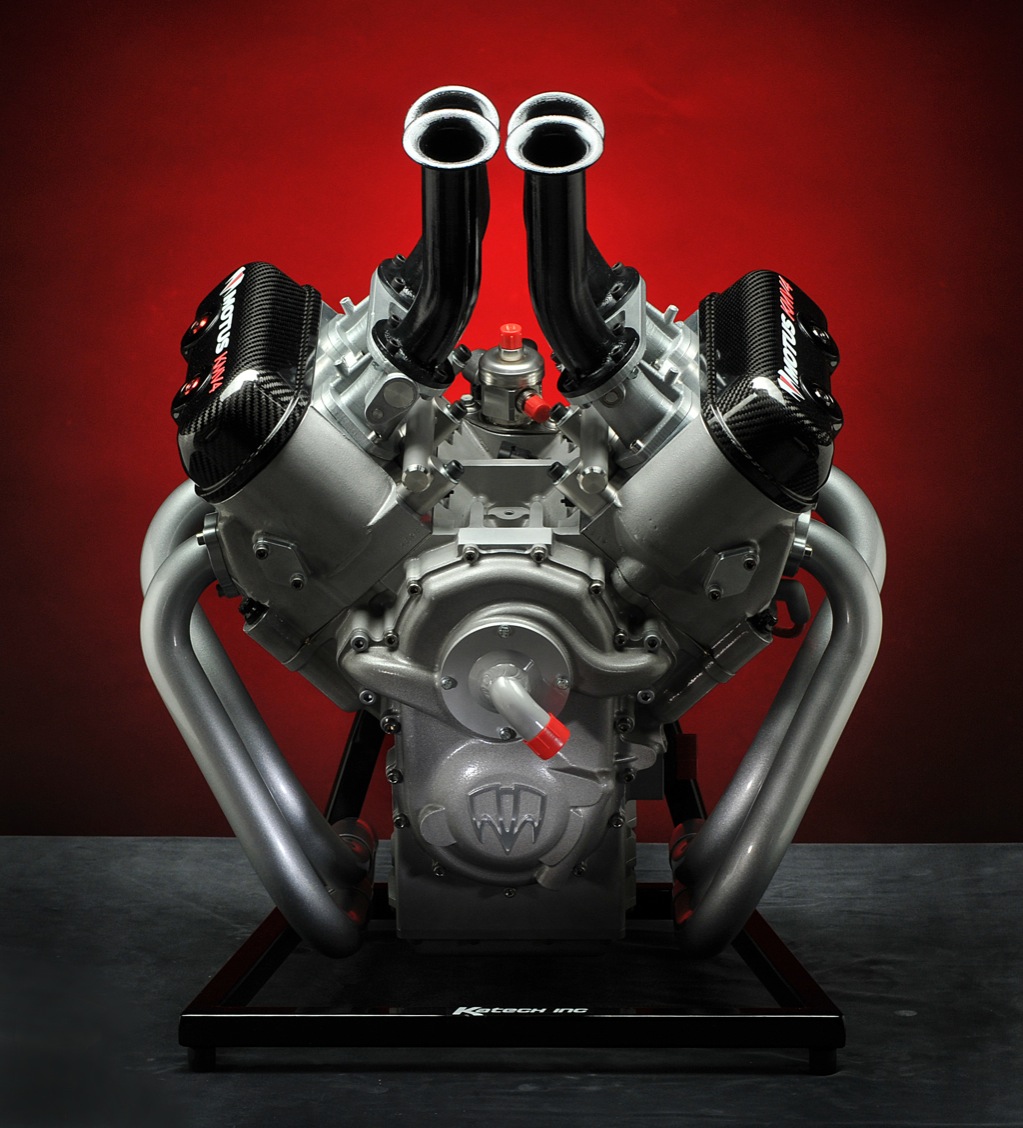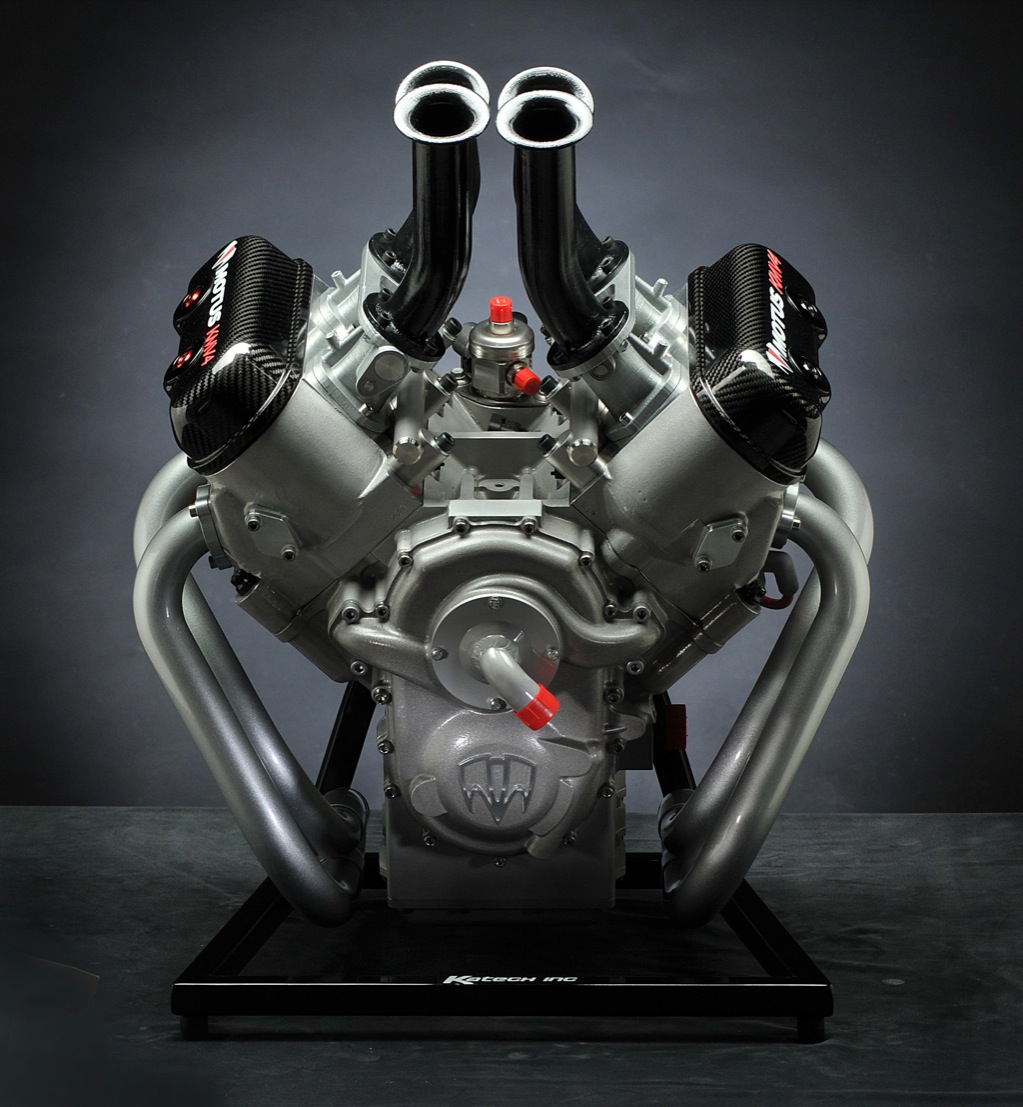Unveiling V4 Engines: From Motorcycles To Cars & Beyond!
Could the rumble of a V4 engine be poised for a comeback, or is it destined to remain a niche player in the automotive world? While often overlooked, the V4 engine configuration presents a compelling blend of characteristics, particularly for specific applications, making its potential for resurgence a fascinating prospect.
The V4 engine, a design that places four cylinders in a V-shaped configuration, has historically carved out a unique space for itself, primarily in the realm of motorcycles and, to a lesser extent, in compact cars. The core appeal lies in its ability to deliver a balance between performance and efficiency, a characteristic that has made it a favorite among riders seeking spirited acceleration without sacrificing fuel economy. But beyond the roar of the open road, the V4 engine offers a set of advantages that, while perhaps less readily apparent to the average consumer, could make it a compelling choice for certain specialized applications.
One of the earliest pioneers of the V4 engine in production cars was the Lancia Lambda, which debuted in 1922. This marked a significant moment in automotive history, solidifying the V4 as a legitimate option in the evolving landscape of engine design. Over the decades, the V4 engine has found various uses, especially in circumstances where a more compact, lighter engine was needed, but the focus on performance didnt wane. The engines design allows it to be packaged more efficiently than inline or even V6 engines, which makes it a good choice for automobiles with constraints on space. It is frequently used in motorcycles to provide both excellent power delivery and good handling characteristics.
- Bollywood More Your Guide To The World Of Movies Streaming
- Jessica Ditzels Height What You Need To Know
The V4s journey hasn't always been smooth. Early iterations faced challenges, including vibrations and complexity. However, advancements in engine technology, including balancing techniques and innovative materials, have mitigated many of these issues, allowing for smoother operation and increased reliability. Even with these improvements, the V4 has often struggled to gain widespread acceptance in the mainstream automotive market, especially in recent years. This can be attributed to several factors, including the dominance of inline-four and V6 engines, which offer similar performance characteristics with greater market recognition and availability.
The Ford Taunus V4, produced in Germany from 1962 to 1981, exemplifies this. It was initially designed for a new, compact entry car intended for the US market, the Ford Cardinal, which eventually evolved into the Taunus 12M P4. Ultimately, Ford decided to build the Ford Falcon for North America, yet the V4 engine had already proven to be a dependable powertrain option for various vehicles in Europe and other markets. Another example of V4 use in an automobile is the Saab Sonett III, which was launched after a redesign at the 1970 New York Auto Show. The Sonett III was equipped with a Ford Taunus V4 engine.
The V4 engine's existence is a testament to the variety of technical options available to the automotive industry. While the V4 is not the most prevalent, it has a unique place for its design and characteristics.
- Punjabi Movies 2025 Trailers Release Dates More
- Daymond Johns Wives Untold Stories Family Life Insights News
Despite the challenges, the V4 engine retains a loyal following, especially in the motorcycle world, where it has earned a reputation for performance and character. The V4, with its unique firing order and distinctive exhaust note, offers a visceral experience that many riders find appealing. This, in turn, contributes to the V4 engine's distinctive appeal and position inside the motorcycle industry, as the search for greater performance while maintaining fuel efficiency has been a focus.
The best choice of engine design ultimately depends on the specific needs of the vehicle and its intended application. The resurgence of the V4 in the automotive market is possible, especially as automakers continue to search for methods to balance power, efficiency, and a unique driving experience. It is still a strong contender for niche applications where its specific advantagescompact design, balanced performance, and a distinctive characterare valued.
In the contemporary automotive market, there are several examples of four-cylinder engine cars available, with many options for sale at various price points. One source lists 129 cars with four-cylinder engines available for sale. The most popular four-cylinder cars in India include the Mahindra Scorpio N, among others, illustrating that the four-cylinder option continues to be popular. In some markets, this represents a move toward fuel-efficient and compact engines, although the four-cylinder design competes with other designs such as the V4, especially in the pursuit of a mix of performance and efficiency.
The V4s trajectory, characterized by both successes and challenges, presents a picture of an adaptable engine design. It is an indication of the continuous evolution of the automotive industry, where a combination of performance, efficiency, and unique characteristics are important. The V4 engines narrative serves as a reminder of the many options in automotive technology, with the possibility of seeing this configuration find new relevance in the future.
The initial use of the V4 engine in the Lancia Lambda of 1922 set the course for how these engines would be used in production cars. This development was a crucial turning point, demonstrating the feasibility of the V4 in the automobile industry. The configuration gave automakers a new option for balancing efficiency with performance, which allowed for new design options.
The Ford Taunus V4 engine, which was produced in Germany from 1962 to 1981, is another example of the V4's versatility. This engine was used in a variety of vehicles, including the Ford Cardinal and the Saab Sonett III, demonstrating its adaptability and capacity to be integrated into various vehicle types. These instances demonstrate how the V4 engine design was developed and used, demonstrating its importance in the history of automotive innovation.
The use of V6 engines instead of inline-four engines by Formula 1 for the 2014 season illustrates the design requirements for high-performance racing cars. These engines were chosen because they could be used as stressed members of the car, improving overall structural integrity and performance. This decision emphasizes the importance of design choices in achieving the highest standards of motorsport engineering.
Despite the advantages, the V4's future remains uncertain. The automotive industry is dynamic and ever-changing, shaped by technological advancements and shifting consumer preferences. The complexity and cost associated with two cylinder heads are additional factors that manufacturers have to consider. As automakers seek efficiency, there may be a renewed emphasis on compact, efficient engines for specific market segments. The distinctive advantages of the V4, especially its compact design, could make it a strong contender for applications such as motorcycles, some specialized compact cars and other niches.
The V4 engines narrative serves as a case study in engineering ingenuity, adaptation, and endurance. As the automotive industry continues to develop, the V4 might very well find a new lease on life. Whether it's in motorcycles or other niche applications, it could continue to offer a special blend of characteristics that will appeal to a certain group of engineers and driving enthusiasts.
The V4 engine has unique layout characteristics, which are its defining feature. The V4 engine is distinguished by its compact size and design, which is appropriate for a variety of applications. This setup allows for more compact engine packaging than inline or V6 configurations, which makes the V4 design suitable for applications where space is limited. Its effectiveness makes it a good option for situations where a mix of performance and space-saving design is desired.
V4 engines are predominantly found in motorcycles and some compact cars, where their design allows for good performance without sacrificing fuel economy. The fact that V4 engines offer a distinctive experience is appealing to those seeking something out of the ordinary. This design has been crucial in markets, especially for performance motorcycles, where both engine power and handling are important.
Despite the fact that the V4 engine is not as prevalent as other engine types, it has earned a reputation for performance and character among motorcycle aficionados. The V4 engine has a distinct sound and firing sequence, which contribute to its appeal. Its usage in specialized and niche markets reveals its ability to remain relevant in the current environment of automotive innovation. The V4 engine is one of the many engine designs that have advanced the automobile industry.
The Lancia Lambda, introduced in 1922, was the first production car to feature a V4 engine, making history. The Ford Taunus V4 engine, produced from 1962 to 1981, and the Saab Sonett III also used this unique engine layout. These examples show how adaptable the V4 engine is. The story of the V4 engine demonstrates the adaptability of automotive design and the constant quest for solutions to balance performance and practical needs.
- Christina Revels Glick Tragedy Aftermath What Happened
- Lara Lane Leak Updates Discussions What You Need To Know

Motus Motorcycles Introduces World’s First Direct Injected V4 Engine

Motus Motorcycles Introduces World’s First Direct Injected V4 Engine

Why V 4 Engines are Brilliant, And Why You Never See Them In Cars